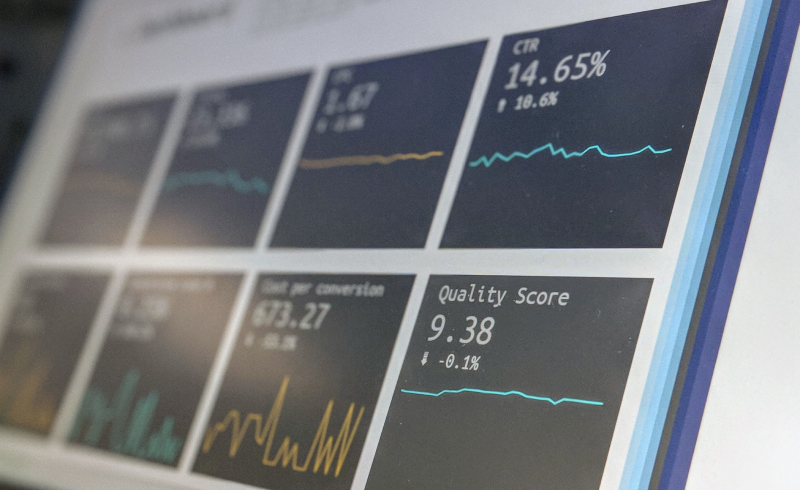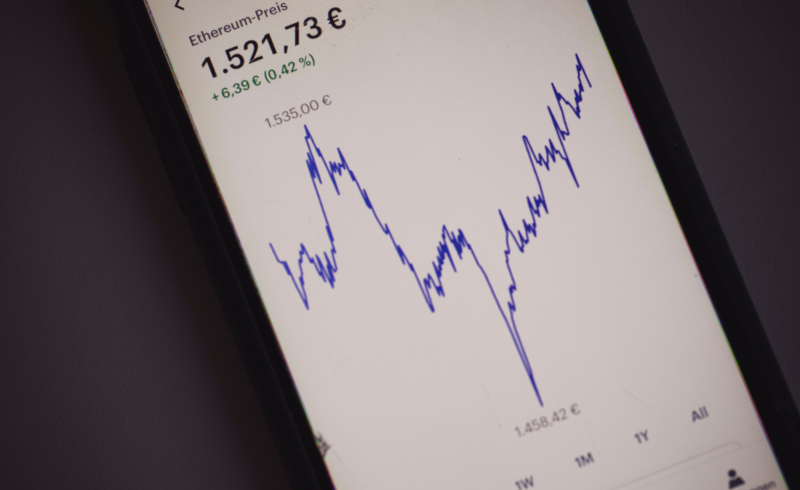The series of the articles "Risk and chance in the energy market" addresses the issue of risk in the energy industry and trading on the HUPX market.
Summary of risk factors

One of the important aspects of investing in financial markets is the ability to minimize investment risk. The series discusses a variety of tools and tactics that can assist investors in achieving this goal. You will find it in the the first four pieces:
Risk instruments

Risk models, which allow measuring the level of risk associated with a specific investment, are one of the most important instruments in this subject. The Part Five: Structure of Risk Models presents two types of risk models: posteriori and priori models. Priori models provide risk assessment based on information from several sources and expert knowledge, whereas posteriori models offer risk assessment based on previous data. In order to better comprehend the risk involved with a particular investment and make more informed investment decisions, investors should use risk models while trading stocks. Since creating your own risk model can be difficult and necessitates in-depth understanding of a particular market, investors frequently turn to pre-made instruments and risk analysis software.
The author also discuss margin calls (see: Part Six: Margin Call Risk), which occur when an investor has to make a second deposit into their brokerage account in order to secure the risk level, in relation to investment risk. There is discussion of several measures to reduce the danger of a margin call, such as applying the right position size and hedging techniques.
Summing-up
To sum up, risk models are a crucial instrument in stock trading since they make it possible to minimize investment risk by better understanding the risk involved in a particular deal. When integrated with additional tactics, like hedging methods or computerized trading algorithms, investors can attain increased efficacy in their financial market ventures.




